People often ask about the difference between U.S. Navy SEALs and the British Special Air Service (SAS). While they may seem similar, they have significant differences. It might be more appropriate to compare the U.S. Navy SEALs to the British Special Boat Service (SBS), while the Delta Force would be more similar to the SAS.
The difference
While it may seem that there are significant differences between Navy SEALs and SAS, the reality is that there are many similarities between the two units. Both are Tier 1 special forces in their respective countries, and much of the SEAL training is directly comparable to SAS training. It is estimated that approximately 90% of SEAL training is similar to SAS training.
Both units also participate in a wide range of roles, except for waterborne exercises, which comprise a small portion of SEAL activity. It is worth noting that while SEALs may have additional expertise in inserting undetected via submarine, this is just one of many methods they may use to reach their target. Overall, the similarities between Navy SEALs and SAS far outweigh the differences.

One significant difference between Navy SEALs and SAS is the scope of their operations. While SAS has been used extensively within the U.K., including during the conflict in Northern Ireland, Navy SEALs have primarily operated outside of the United States. However, it is worth noting that the Delta Force, another elite special forces unit in the U.S., has been given the authority to operate on domestic soil.
Another key difference between the two units is their areas of expertise. Navy SEALs are trained in waterborne warfare and are skilled in conducting special operations in, around, and over water. SAS, on the other hand, is trained in direct action and paramilitary assaults, with a focus on targeting high-value targets, enemy compounds, and strategic outposts.
It is also worth noting that the U.S. Navy SEALs first gained widespread recognition for their role in the Vietnam War. They were tasked with gathering intelligence and striking key targets supporting unconventional warfare operations.
Conclusion
The main difference between Navy SEALs and SAS is each unit’s specific training and focus. While both are highly skilled special forces units, their areas of expertise and methods of operation may vary due to their different training and approaches. It is also worth noting that the mindset and overall approach to tasks may differ between the two units.



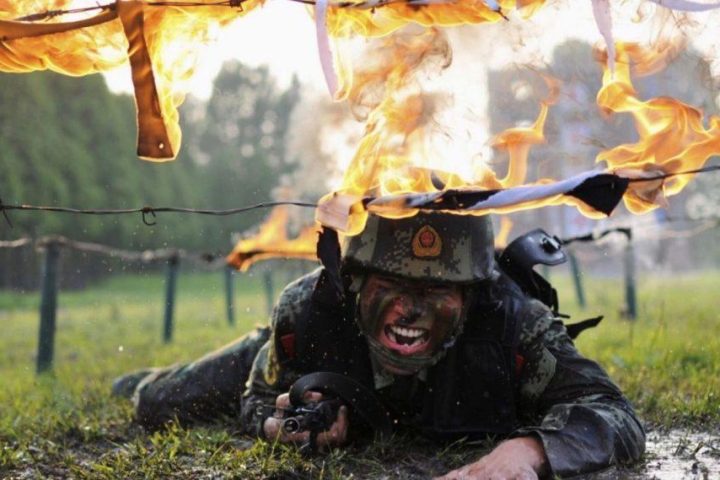
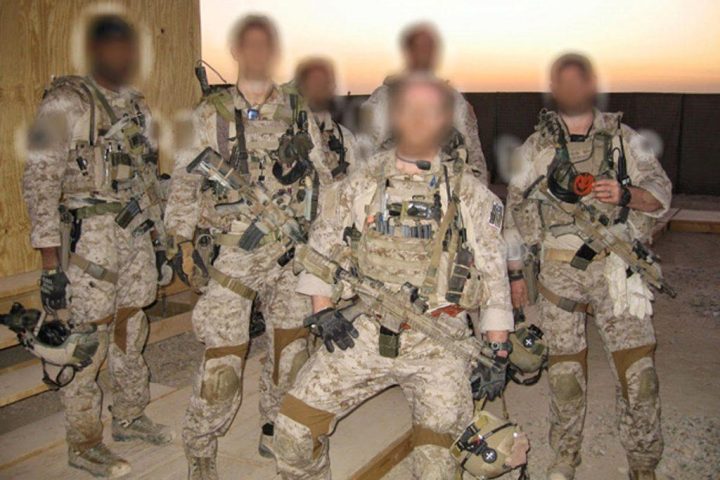
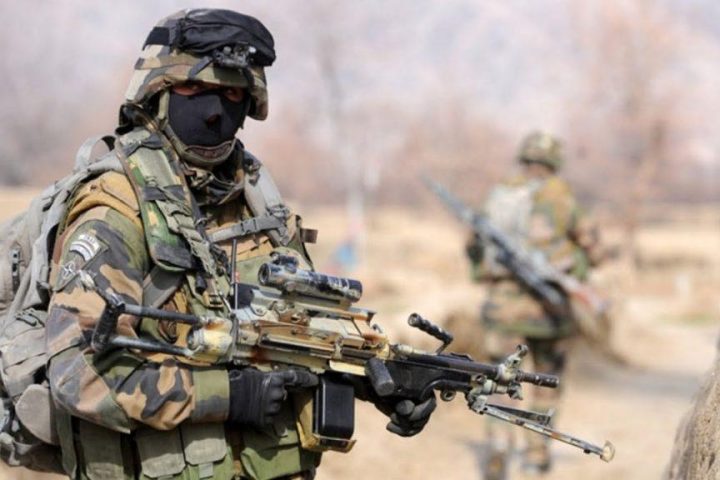
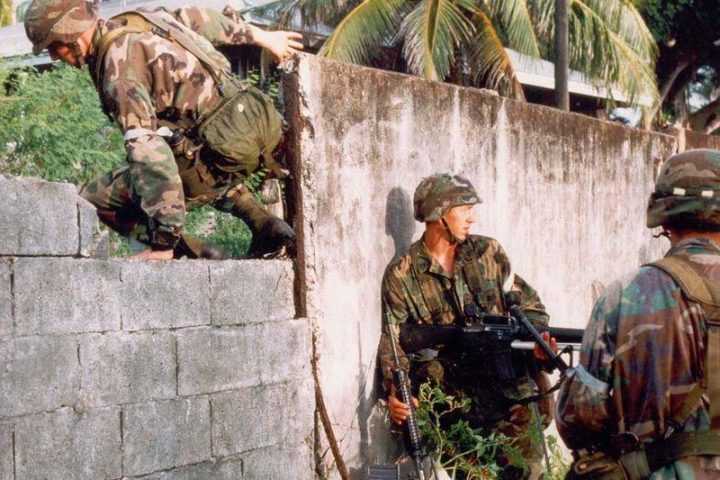
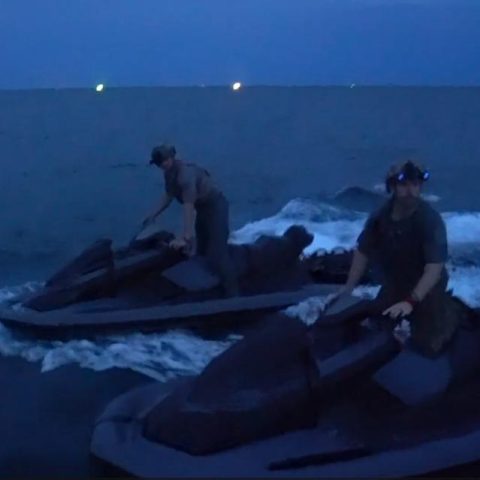
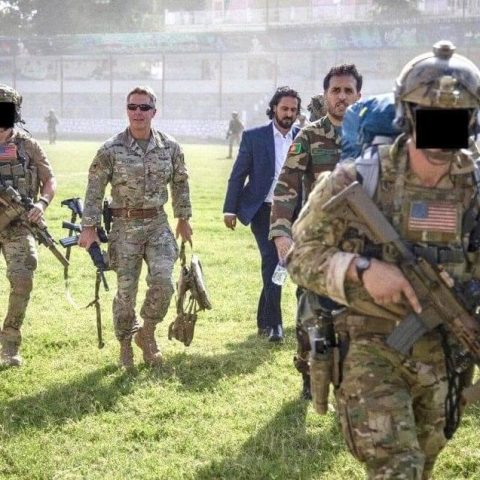
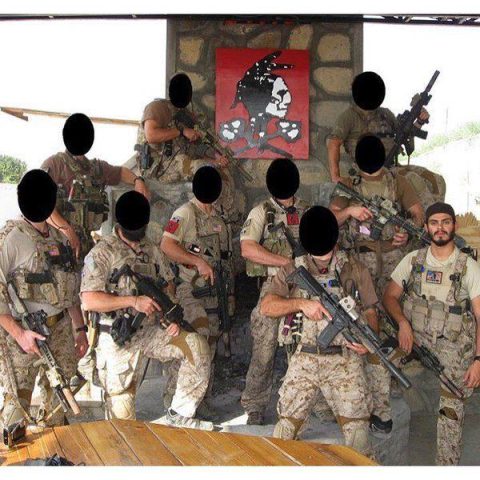
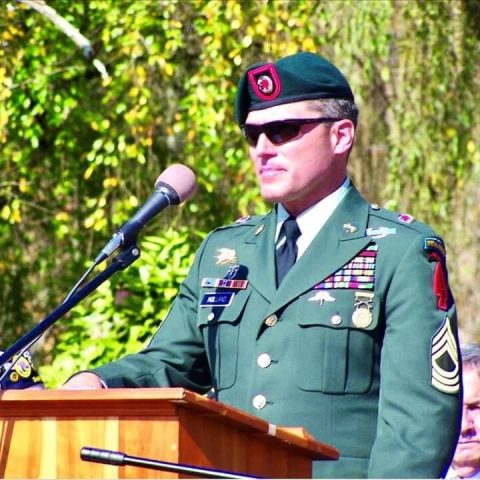
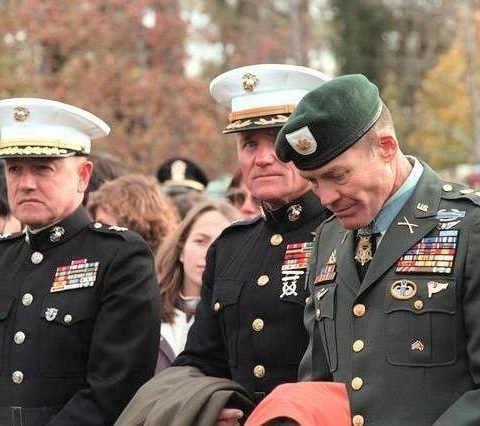
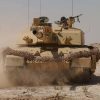

It seens to me a ridiculous question, if one wanted to make comparisons why isn’t the question whats the difference between the Seals and the Sbs?
easy, the SBS are British and like all things, better than anything that America can produce
that’s a joke you brits are push overs. and we have tougher people in Detroit than your sbs don’t kid yourself. are military is the best in the world you are lucky to be in the top ten.
It’s well known that the forces are both very similar in many aspects, and both formidable. However, American SF rely heavily on tech/equipment and the British SF don’t have that luxury. Both, on battlefield or on ops, would technically be equal as a force, however in terms of soldier, I’m sorry but i’d much rather be hunted down by Delta Force than the SAS.